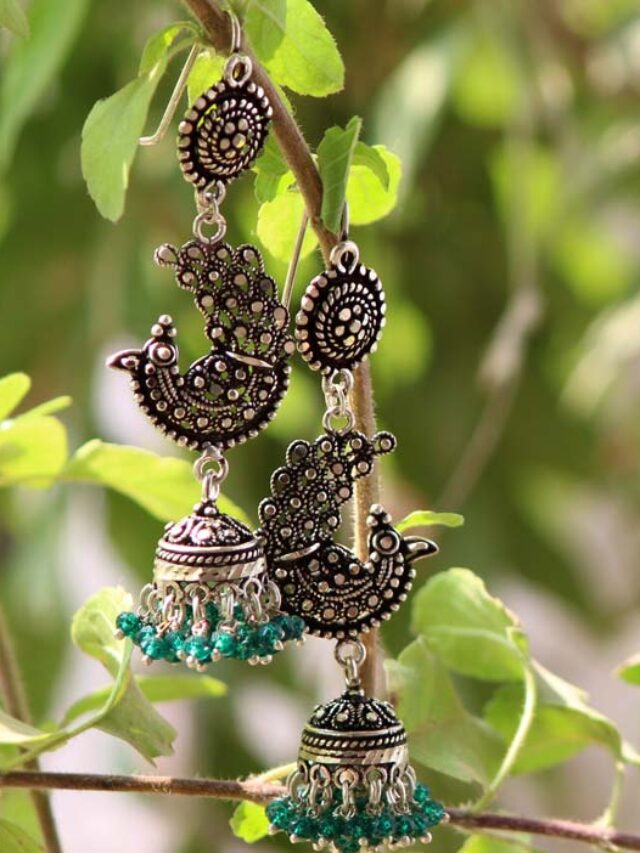History of Jewelleries as a form of adornment is as old as civilization. Ornaments made from shells, stone, bones, reindeer antlers and mammoth tusks have been discovered from archeological remains of prehistoric times. Humans started wearing jewelleries even before clothing(1) With advancement of human knowledge about metal and metallurgy, metals also became part of ornamental adornments. However, in ancient times gold, silver and precious gems were reserved for royalties and the nobilities . Lower ranks of society wore base metals, such as copper or pewter. (2)
Ever wondered why Gold and Silver have been preferred choice for jewelleries and ornaments from centuries??
- They have smooth and shiny surface which is resistant to corrosion due to envioronmental conditions
- Their inertness or low reactivity prevents skin from allergies and keeps it safe.
- They are exceedingly malleable and ductile, hence they can be sculpted into any shape or pattern in very low weight too.
Silver has been mined, refined and used for thousands of years in ornaments and utensils, for trade, and as the basis of monetary systems.
Pure silver is too soft to make objects, and is generally alloyed with other metals; ‘sterling silver 925’ for example contains 92.5 weight% of silver, and typically copper, or alternatively germanium, zinc or platinum, to render it stronger while preserving its ductility, also to reduce casting porosity, and increase resistance to tarnish.(3)
From hair-pins to toe-rings India has long list of silver jewelries that are still worn as part of everyday adornments.
Anklets and toe-ring worn by Indian women are particularly made of silver.
Shop for Silver rimmed, studded and enameled, trendy, lightweight fashion jewelries at Shilphaat

